Review: London Contemporary Music Festival 14 December
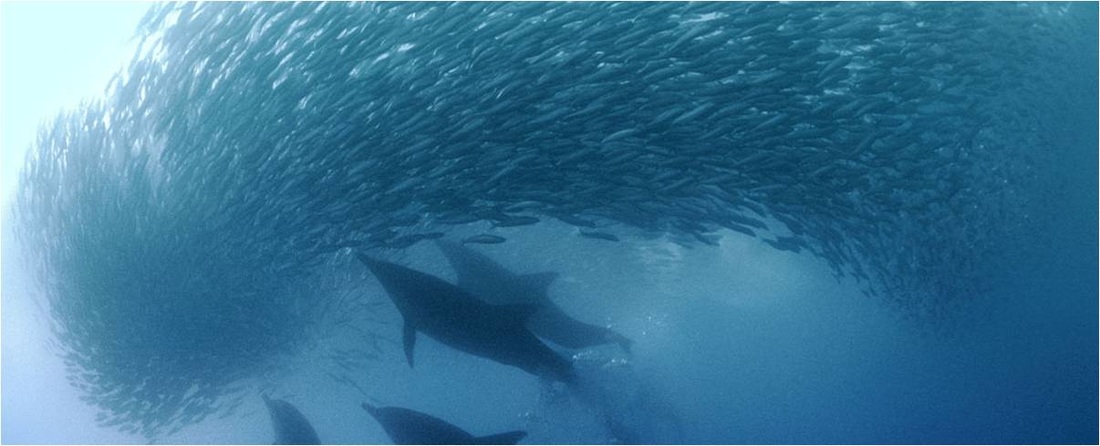
In his short introduction to Okeanos, Chris Watson told a packed house, assembled in the cavern-like underground Gallery Ambika P3, at the University of Westminster, that the seas and oceans are the most sound-rich environment on the planet. Six years of recording and assembling these sounds led to Okeanos, an eight-channel composition of songs, signals and vibrations from the smallest crustaceans to the loudest and largest animals ever to have existed.
Watson may be best known as the recorder of wildlife sounds made famous in the Attenborough programmes or Tweet of the Day, but he first came to public attention in the seventies as a musician, part of the trio Cabaret Voltaire.
Okeanos is in essence an hour of underwater recordings made using hydrophones hung ten to twenty metres below the surface, at various places around the globe. To rely entirely on natural sound to sustain a long piece is a compositional challenge. Watson succeeds partly by exploiting the narrative logic of a journey from pole to pole, but mainly by careful recompilation of sound, from the large-scale and structural to the minute and detailed, to create a musical logic too.
Beginning at eighty degrees south, and above the surface, we hear a colony of Adelie penguins. We follow them into the sea, and into a sound-world of singing Weddell seals and vast movements of water. These undersea waves and swells have a sound unlike those at the surface or on the shore. Having nothing to resound against but other bodies of water, they create a deeply menacing pulse. Against this the singing seals and myriad small sounds provide an orchestra of microscopic detail.
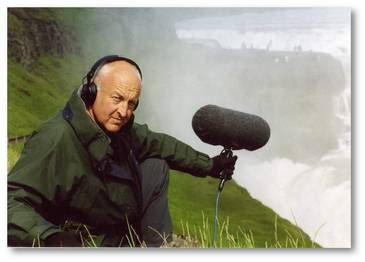 Chris Watson
Chris Watson
If being a composer is all about choosing, matching and compiling sonic elements, then Chris Watson is a composer. Arguably he has a greater orchestral scale and diversity at his disposal than any other composer, as well as an unrivalled knowledge of both the technicalities of obtaining these rare sounds and their zoological importance. This attention to context is the key to making a work that is both beautiful and authentic, not to mention a revelation.
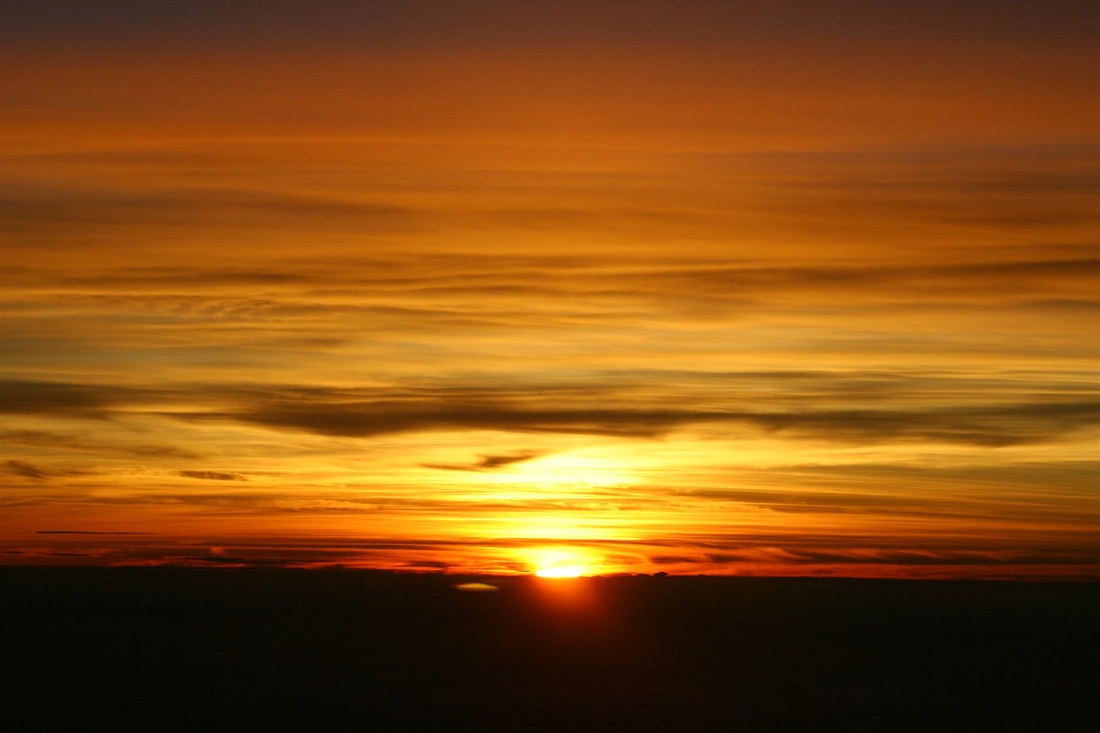
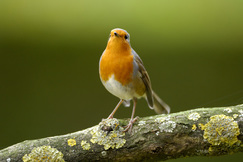
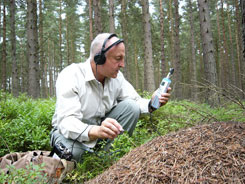
 RSS Feed
RSS Feed
